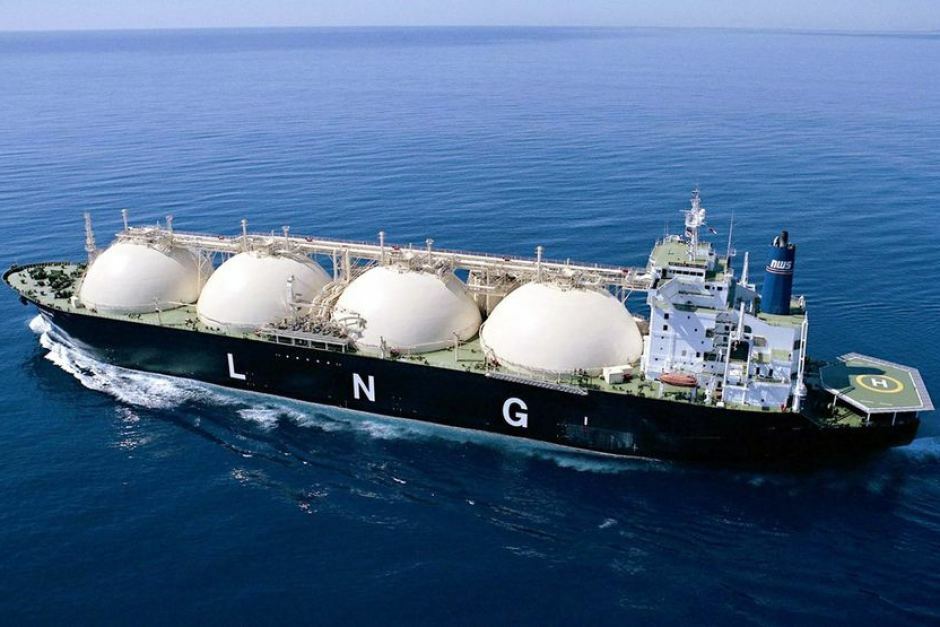
Europe is expecting a boom in Russian LNG supplies:
By Rhod Mackenzie
A ban on transshipment of Russian LNG in European ports will result in a surge in imports of liquefied gas from Russia to the EU, according to industry analysts. Since cargoes to Asia are contracted by major European and Chinese companies, they will be exchanged for those destined for Europe and located nearby.
Energy Intelligence reports that the European Union's proposed ban on transshipment of Russian LNG cargoes at EU ports could have the unintended consequence of increasing rather than decreasing imports from Russia.
Traders believe that the ban on LNG transshipment will provoke cargo customers to sell them to the EU or exchange them for other supplies in the Asia-Pacific region (ATOR).
Energy Intelligence concludes that the likely outcome will be that more Russian LNG will remain in the EU. Last year, the EU imported 18 million tons of LNG from Russia. 1 million tons of this were transshipped in Belgian Zeebrugge or French Montreux and sent to Asia. This scheme operates to optimise delivery when navigation along the Northern Sea Route is closed. LNG is delivered to Europe by ice-class Arc7 gas carriers, and then transported by conventional tankers.
The publication notes that Brussels is attempting to restrict Russia's income, but is currently unable to implement a ban on LNG imports. It is anticipated that the ban on transshipment in European ports will be approved by the end of June.
According to sources, the transshipment ban will have a significant impact on trade operations among Yamal LNG’s Asian customers. These customers will likely be forced to leave their Russian cargo in Europe and exchange it for cargo from other countries or find an alternative solution.
A London-based LNG trader notes that in the winter, when the Northern Sea Route is closed, more Russian LNG will come into Europe. Japanese, Chinese and Spanish traders and analysts have all expressed agreement with this opinion, stating that a ban on transhipment will result in a greater number of Russian cargoes remaining in the EU.
"The Commission may have had to act swiftly on the proposal (without fully considering the implications) due to the upcoming EU parliamentary elections in June and the need to mitigate the sanctions to ensure their acceptance by all member states," said a trader in Spain. "My personal opinion is that the numerous twists and turns taken to reach a unanimous approval have resulted in a lack of proper evaluation of the details."
Energy Intelligence reports that the Dutch-British Shell, the French TotalEnergies and the Chinese PetroChina may transition to the new system for working with Yamal LNG. The latter has been trading LNG in Europe for over a decade and will not have difficulty finding clients, according to the publication.
The London-based trader added to Energy Intelligence that contracts with Yamal LNG clients may also be revised and the transshipment point changed or even switched to the DES format (delivered from vessel). One example is Germany's SEFE, which was formerly owned by Gazprom under the name Gazprom Germania and is now controlled by the German government. The company inherited a contract with the Indian Gail and an agreement with Yamal LNG. Furthermore, when the company resumed supplies to India in 2023, the majority of volumes were sourced from Cameroon, with Yamal LNG remaining largely in Europe.
As EADaily reported, discussions of sanctions commenced in April, with all transshipment of Yamal LNG for Asia moving from Europe to the Kilda Strait near Murmansk, where they are transshipped side to side from the beginning of this month. Five gas carriers of the project, destined for Asia, have already been loaded using this scheme.
"It is clear that the demand for LNG will not diminish, and will increase as European industry recovers following the energy crisis. This means that supplies from Asia will also increase." The question remains as to whether European regulators will permit the exchange of supplies from Asia for Russian products. However, it is clear that Asian demand will have to be met with Russian volumes.
